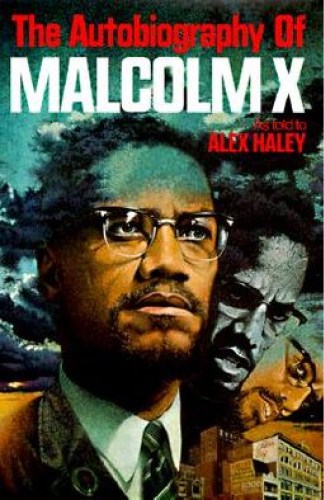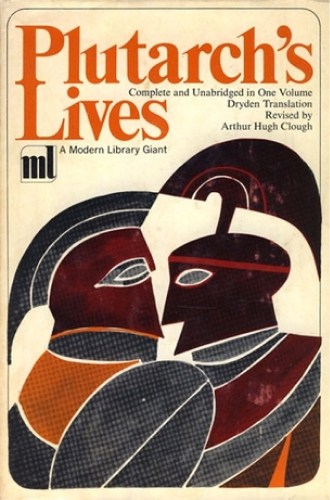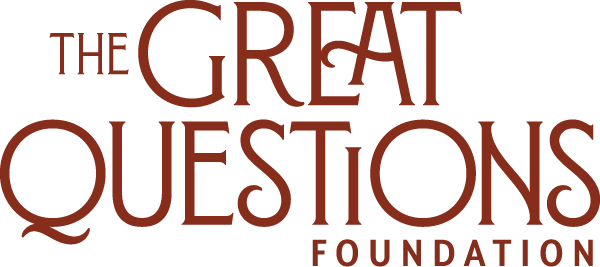I had admired the perfect forms of my cottagers—their grace, beauty, and delicate complexions; but how was I terrified, when I viewed myself in a transparent pool! At first I started back, unable to believe that it was indeed I who was reflected in the mirror; and when I became fully convinced that I was in reality the monster that I am, I was filled with the bitterest sensations of despondence and mortification.
Mary Shelley
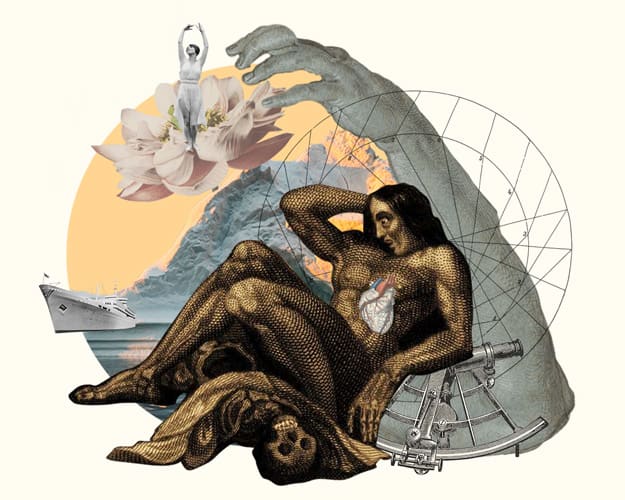
Frankenstein
Mary Shelley
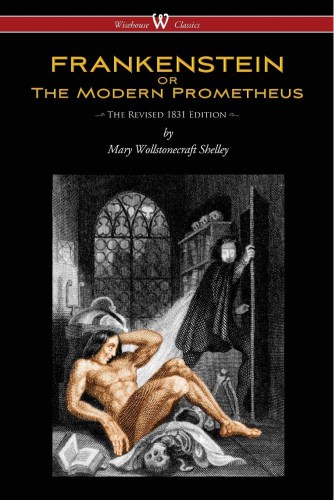
Frankenstein: Or the Modern Prometheus Mary Shelley (1831 edition) Penguin Classics Deluxe Edition 978-0-14310503-9
Throughout, the novel raises and explores questions about man’s responsibility for scientific knowledge and technology, parental responsibility, moral and ethical education, the dangers of obsession, and the role of fate in human life.
Frankenstein, a Chinese Box narrative (or story-within-a-story-within-a-story) begins as an epistolary. Captain Walton complains to his sister about the loneliness of traversing the Artic. Within a few letters, his longing is suddenly satiated when his men rescue a half-dead gentleman from the waters. Eventually this man, Victor Frankenstein, tells a story of having been chased across Europe by a creature that he himself built and animated—a hideous creation with superhuman strength. As Victor explains the origins of his scientific interests, the process of creating life, the loss and reconnecting with the creature, the narrative gives way to the story of the creature himself, who fills in his experiences while away from Victor. Ultimately, he asks Victor to create a companion for him, and when Victor refuses, the creature brings destruction to Victor’s family, and begins a pursuit that ends in the Artic. Throughout, the novel raises and explores questions about man’s responsibility for scientific knowledge and technology, parental responsibility, moral and ethical education, the dangers of obsession, and the role of fate in human life.
Why This Text is Transformative?
The horror that plagues Victor (the extent of his accountability) or the questions that haunt the creature (who he is and why he exists, as well as why he’s destined to be alone), or both, will likely resonate with all readers.
Few students will not encounter Frankenstein without some preconceptions, as the character of the creature (if not the story itself) is ubiquitous. But popular culture versions of the story often exaggerate the monstrosity of the creature and minimize or even ignore Victor’s abandonment and renouncement of the creature and his responsibilities toward his own creation. Students, insofar as they identify as children, parents, single-minded searchers, scientists, artists, or writers, will recognize traits in either Victor or the creature or both, that they will relate to. The horror that plagues Victor (the extent of his accountability) or the questions that haunt the creature (who he is and why he exists, as well as why he’s destined to be alone), or both, will likely resonate with all readers.
A Focused Selection
Study Questions
Reading Section I
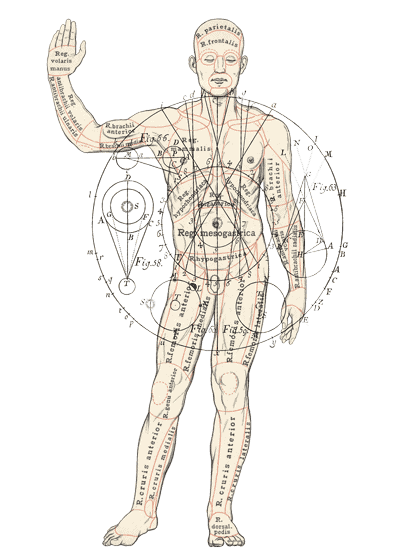
Frankenstein’s structure lends itself to portioning (although, be warned. Students will protest not seeing how things play themselves out!). In a class where time is short, two sections of text, the first, Chapters I-VIII (Chapter I though the end of the First Volume) and the second, Chapters IX-XVII (the Second Volume) can be assigned for two class periods or over two weeks.
Reading Section I
1) Victor’s desire to understand the mystery of animation builds to obsession over a period of time. What are the different steps that lead there, at what points could he have chosen a different path, and what keeps him from doing so? Do you have any obsessions or preoccupations? Have you ever tried to distance yourself from them? How? Was that effort successful or not? Why? And what, if any, consequences have you suffered for your obsession(s)?
2) Victor’s reaction to the creature coming alive is wholly negative. Consider the language he uses: he calls the creature “it,” “miserable wretch,” “miserable monster.” He describes his own reaction as “horror,” and “disgust,” he is “unable to endure” the sight of the creature, and he “escapes” into the night to get away from him after having a series of disturbing nightmares. What appear to be the reasons for Victor’s reactions? While unlikely that you have ever been in this state of distress, have you ever created something and been deeply disappointed or even disgusted by it? How did you feel? How did you react? How did this shape your subsequent attempts at creation or impact how you see yourself as a creative person?
3) How would you characterize Victor’s attitude toward responsibility? (For the creature, for his own health and wellbeing, for his friendships, for his family.) How are your attitudes about personal responsibility like or unlike his? Do you have any regrets about the ways in which you may have handled responsibility at other stages of life? How has that shaped or changed your attitude about accountability?
Reading Section II
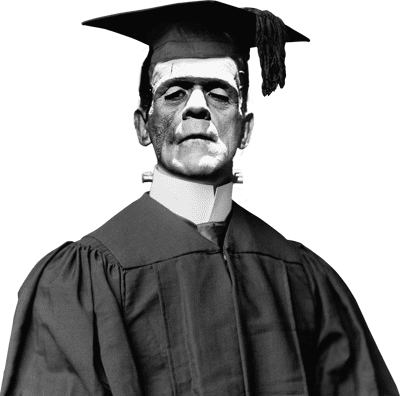
Reading section II
1) The creature’s story about his own early experiences in the world form a narrative of education: how he learned about survival, nature, human beings, relationships (including ethics and morals), art, and his own identity and place (or lack thereof) in the world. Compare this to your own education, both formal and informal. What were some important moments in your educational history? Who contributed to or informed your learning? What did you learn on your own? What was the progression by which you learned to be an adult, and to understand your own identity and place in the world?
2) The creature asks Victor to create a companion for him. He tells Victor that loneliness, a lack of community and love, is the thing that makes him “wretched.” What is your experience with loneliness? When have you felt without community? What did you do to try to connect? What consequences of loneliness have you seen around you?
3) Do you think Victor should create a companion for the creature? Would you? Or are there other possible solutions for the problem?
Building Bridges
A Recommended Pairing
This text poses questions about education: what individuals should know, when, and how they should be taught, particularly as it relates to the formation of an adult self. For this, pairing the text with Fredrick Douglass’s Autobiography, The Autobiography of Malcolm X, Plato’s Symposium, or Locke or Rousseau could lead students into conversations about knowledge, its dissemination, and the relationships between education and power. Locke and Rousseau are also pertinent here in terms of the connection between the creature and the natural man.
Supplemental Resources
The New York Times’s “Teaching ‘Frankenstein’” page collects resources and ideas for teaching the novel in a variety of different contexts and through different lenses.
The Morgan Library’s pages supporting their “Frankenstein at 200” is also rich with references.
The website Romantic Circles has pages devoted to the text (including full text of both the 1818 and 1831 editions), Mary Shelley, and Gothic literature.
Text Mapping
Discipline Mapping
English/Composition Studies
Humanities
Philosophy & Religion
Area Studies
Page Contributor



